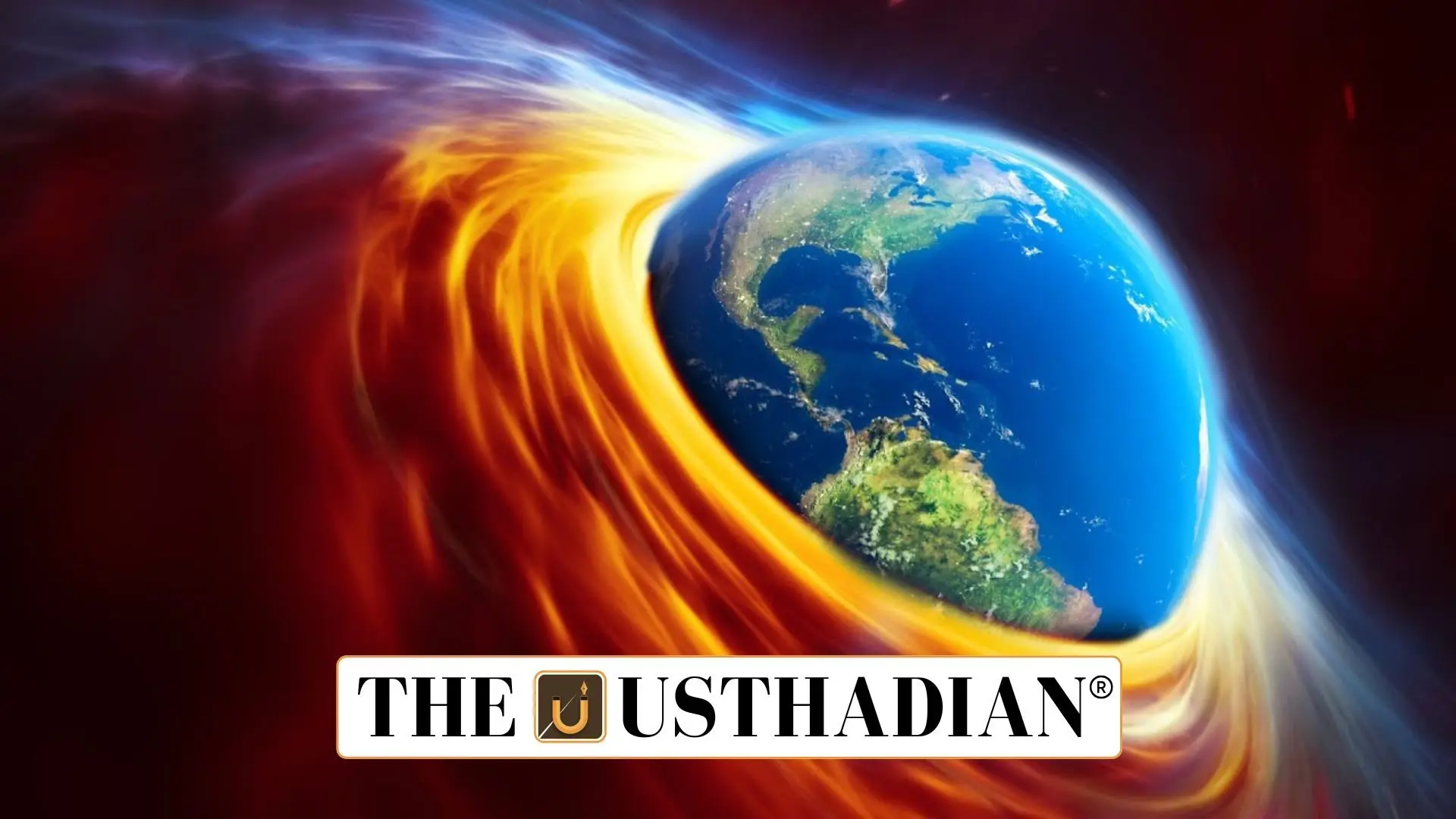Earth spins faster than ever recorded
Earth Rotation Records Fastest Spin in History: On 9 July 2025, the Earth completed its rotation 1.6 milliseconds faster than the standard 24 hours, setting a new record for the shortest day ever measured. Scientists believe this acceleration is linked to gravitational interactions with the Moon, affecting tidal forces on Earth.
What affects Earth’s spin
Earth’s rotational speed is not constant. It varies based on seismic activity, atmospheric pressure, ocean currents, and external gravitational forces. The Moon’s tidal pull generally slows down Earth’s rotation over time, but certain internal and external shifts can briefly speed it up.
Static GK fact:
The Moon is gradually drifting away from Earth at a rate of 3.8 cm per year, influencing Earth’s rotation and tides.
Multiple short days in 2025
Following the 9 July event, more unusually short days have been projected. 22 July and 5 August 2025 are expected to mirror this accelerated spin. This pattern has sparked scientific interest in identifying whether these are part of a natural cycle or caused by deeper geophysical changes.
Timekeeping and the leap second system
Leap seconds are tiny adjustments made to Coordinated Universal Time (UTC) to ensure it aligns with astronomical time (UT1), which is based on Earth’s actual rotation. Since 1972, a total of 27 leap seconds have been added—all of them positive, meaning one second was inserted.
Static GK Tip:
The system of leap seconds was established by the International Telecommunication Union (ITU) in 1972 to synchronize timekeeping standards globally.
First-ever negative leap second in 2029
With Earth spinning faster, the UTC is now lagging behind UT1, leading to the proposal of a negative leap second by 2029. Instead of adding a second, one second will be removed, a historic first in the world of timekeeping.
Static GK fact:
The International Earth Rotation and Reference Systems Service (IERS), based in Paris, is the global authority responsible for monitoring Earth’s rotation and recommending leap second changes.
Implications for science and technology
Although the time difference is less than two milliseconds, such changes can affect satellite systems, GPS accuracy, financial transactions, and scientific instruments that require extreme precision. This development has intensified research on the Earth’s inner core dynamics and mantle behavior.
Atomic time versus astronomical time
Atomic clocks, which form the backbone of UTC, are unaffected by Earth’s rotation. They are based on the vibrations of cesium atoms and offer nanosecond accuracy. In contrast, UT1 fluctuates with the Earth’s spin. When the gap between these two measures exceeds 0.9 seconds, a leap second is introduced—now for the first time, in reverse.
Static Usthadian Current Affairs Table
| Topic | Detail |
| Date of shortest day | 9 July 2025 |
| Time difference | 1.6 milliseconds shorter |
| Cause of faster rotation | Tidal forces, Moon’s gravitational pull |
| Upcoming short days | 22 July & 5 August 2025 |
| Leap second system introduced | 1972 |
| Number of positive leap seconds | 27 |
| Organization managing leap seconds | IERS |
| Planned change in 2029 | Negative leap second |
| Purpose of leap second | Align atomic time (UTC) with astronomical time (UT1) |
| Static GK fact | Moon moves 3.8 cm away from Earth annually |








